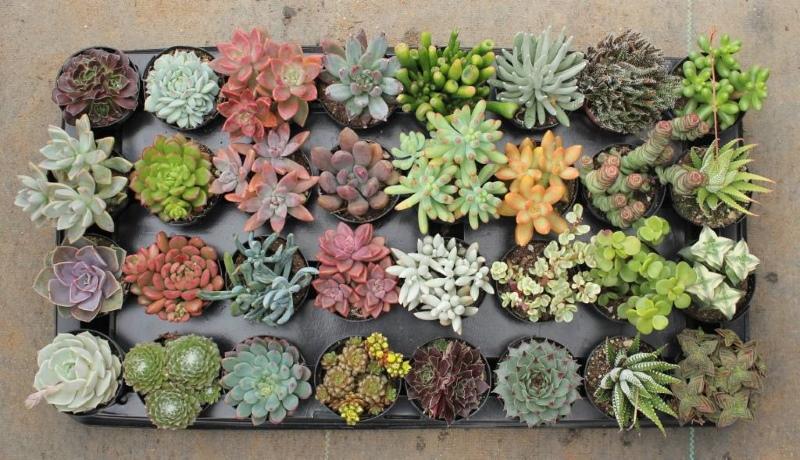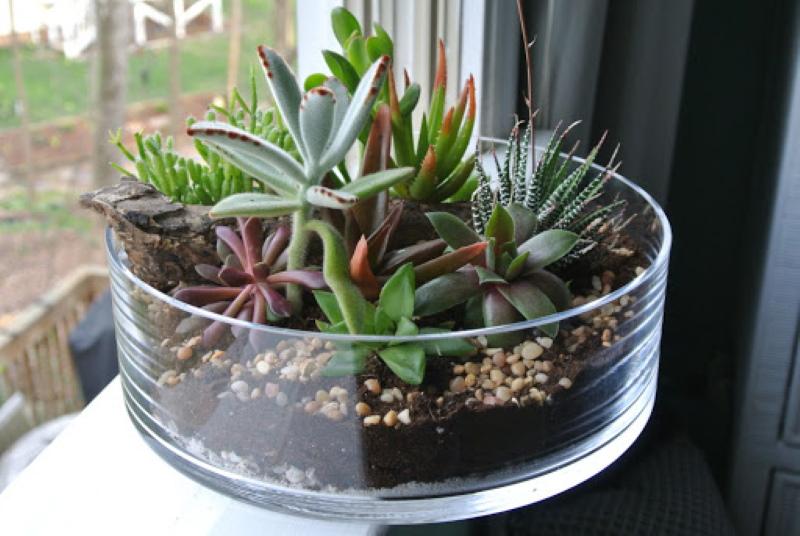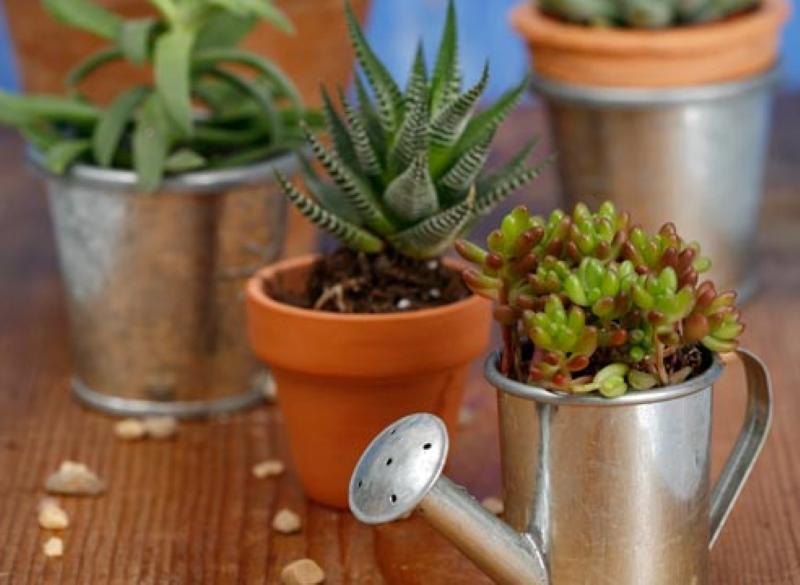Perfect choice for lazy and busy florists - succulents, home care
 Their diversity is simply amazing: some are protected by prickly clothes, others are absolutely smooth and even pleasant to the touch, and still others have original foliage and coloring. These are the most unpretentious indoor plants - succulents, which are extremely easy to care for at home. Forgot to water or left home for a long time? It doesn't matter, this will not affect the flowers, moreover, they will forgive you for mistakes in care. Originally from hot countries, succulents tolerate temperature changes well, and they will be most comfortable in the sun.
Their diversity is simply amazing: some are protected by prickly clothes, others are absolutely smooth and even pleasant to the touch, and still others have original foliage and coloring. These are the most unpretentious indoor plants - succulents, which are extremely easy to care for at home. Forgot to water or left home for a long time? It doesn't matter, this will not affect the flowers, moreover, they will forgive you for mistakes in care. Originally from hot countries, succulents tolerate temperature changes well, and they will be most comfortable in the sun.
Many types of succulents are grown at home. Most often you can find a wide variety of cacti, kalanchoe, crassula, agave, aloe, echeveria.
What we know about lighting and temperature conditions of succulents

However, some types of succulents need bright lighting only in the morning and evening hours. Direct afternoon rays can burn the leaves of aloe, duvallia, crassules.
As for the temperature regime, succulents are better off when there is a noticeable difference between day and night temperatures, sometimes even 2 times. So, if in the daytime in the room + 30 ° С, then at night you need + 15 ° С. There are some nuances regarding the cold season. Almost all species have a dormant period in winter, when growth processes slow down or stop. At this time, plants need coolness, but not lower than 6 ° C heat, otherwise they may die.
Unpretentious plants tolerate dry apartment air well. Moreover, an increase in performance above 60% is a signal that you need to closely monitor plants that may begin to rot.
Succulents - home care for unpretentious crops
 One of the most common mistakes gardeners make is choosing a substrate for succulents when they are planted in too light and nutritious soil. This is absolutely unnecessary for plants, which in nature feel great in rocky and sandy areas. The maximum that can be done is to mix in equal proportions sand and universal soil mixture. Soil for succulents should allow moisture to pass through and "breathe", but not retain it or release it too quickly. There are special mixtures for succulents on sale.
One of the most common mistakes gardeners make is choosing a substrate for succulents when they are planted in too light and nutritious soil. This is absolutely unnecessary for plants, which in nature feel great in rocky and sandy areas. The maximum that can be done is to mix in equal proportions sand and universal soil mixture. Soil for succulents should allow moisture to pass through and "breathe", but not retain it or release it too quickly. There are special mixtures for succulents on sale.
Having planted your plant, there will be only a little and not so often pay attention to it, namely:
- water once a week in summer and every two weeks in winter, with a cool content;
- ventilate the room to prevent an increase in air humidity, but prevent drafts;
- transplant, enough as the succulent grows out of its pot, or if necessary;
- feed cacti and other thorns and "non-thorns" with potassium-phosphorus fertilizers, but only during the growth period.
Another advantage of desert dwellers is that they do not need to be shaped. Succulents are so many-sided and most of them have their original shapes. Only some species can be helped to grow thick and branched by cutting off the tops of their shoots, such as the Kalanchoe.